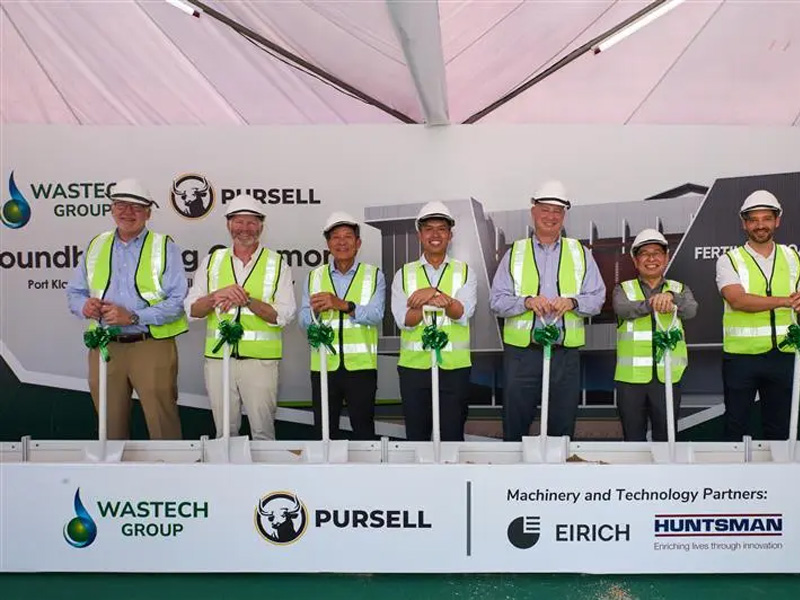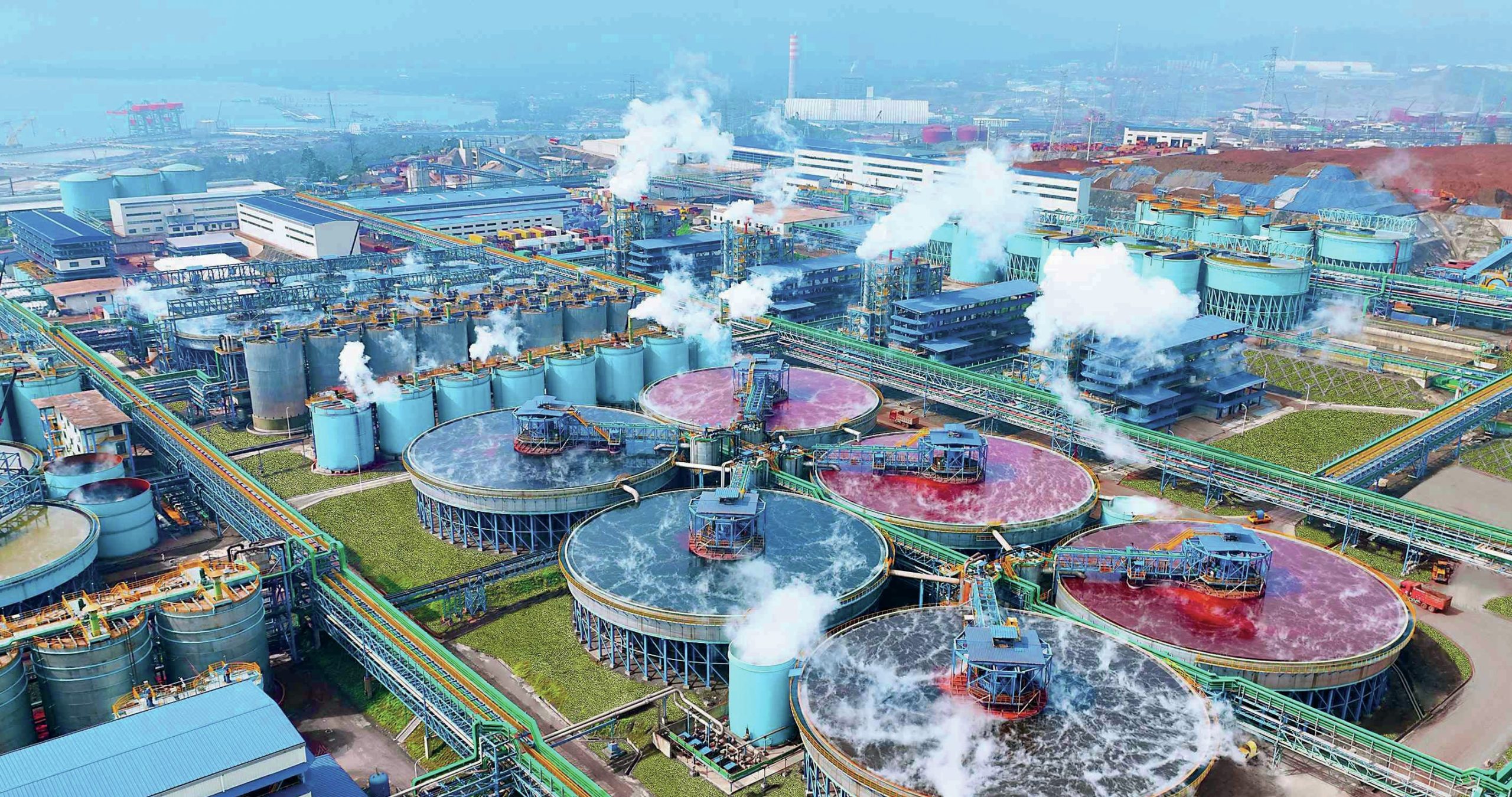Sulphur 408 Sept-Oct 2023
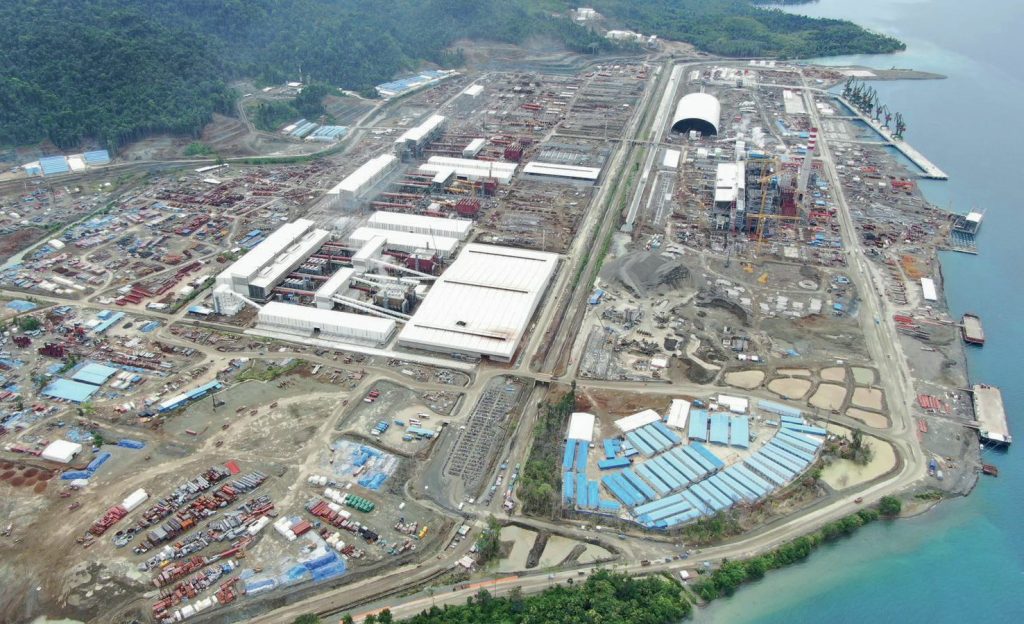
30 September 2023
Sulphuric Acid News Roundup
Sulphuric Acid News
INDIA
Copper smelter looking to March 2024 start-up
Adani Enterprises says that its new greenfield copper smelter at Mundra in Gujarat, being developed by its subsidiary Kutch Copper Ltd, will begin operations in March 2024. The $1.1 billion project will have an annual production capacity of 1 million t/a of copper once the second phase is complete, but the March 24 start-up will be for the first, 500,000 t/a phase. The plant will also produce 25 t/a of gold, 250 t/a of silver, and 1.5 million t/a of sulphuric acid and 250,000 t/a of phosphoric acid as by-products. India currently imports roughly two million t/a of sulphuric acid since the closure of the Vedanta smelter in Tamil Nadu.
Copper demand is rising in India for renewable energy, telecommunications and electric vehicles, and is expected to reach 750,000 t/a this year. However, domestic supply has not been able to meet this demand, and for the year to March 2023 India imported 180,000 tonnes of copper. Copper demand is expected to rise to 1.7 million t/a by 2027 on the back of huge demand from the green energy industry.
FACT seeking part-privatisation
State owned Fertilisers And Chemicals Travancore Ltd (FACT) has urged the Indian government to consider a part-privatisation of the company. FACT has achieved a remarkable turnaround in its operations over the past four years, with the share price rising more than tenfold from $0.51/ share in January 2019 to $5.75/share today. A central government disinvestment of 15-20% of its 90% shareholding would net it $500-600 million, according to Kishor Rungta, chairman and managing director of FACT. The proposal is reportedly under consideration by the Department of Public Enterprises, who had previously favoured the sale of FACT to another company.
FACT had been a loss-making enterprise until 2019, when it made a profit of $19.8 million. Total revenue for the financial year ended March 2023 reached $767 million, with profits of $75 million, and turnover has been rising 25-30% year on year. Production capacity is scheduled to expand from 100,000 t/a to 150,000 t/a in June-July 2024, as part of a $75 million expansion which also includes new infrastructure, including an ammonia tank, phosphoric acid tank, sulphuric acid tank and a new barge.
UZBEKISTAN
Phosphate production to rise this year
The new $100 million NEOFOS phosphate mine and processing facility is expected to be completed by the end of 2023, according to owner and operator Ferkensco Management Ltd. NEOFOS, in the Navoi region, includes a 45.7 km2 quarry with a depth of up to 50 m that relies on more than 30 units of large equipment such as diesel-hydraulic excavators, a milling combine, dump trucks, bulldozers and graders and will increase the production of phosphate rock in Uzbekistan by 2.0-2.5 million t/a. The associated phosphate processing plant will produce concentrate which will be used as a raw material for fertilizers at the Samarqandkimyo plant, which is also under construction.
Samarqandkimyo will become the largest producer of phosphorus fertilizers in Uzbekistan, producing up to 910,000 t/a, which will not only cover the needs of local farmers, but will also enter the export market.
CANADA
First Phosphate signs acid supply deal
First Phosphate Corp has signed a non-binding memorandum of understanding with NorFalco, a division of Glencore Canada, to secure a supply of sulphuric acid for its planned phosphate plant at Saguenay-Lac-St-Jean, Quebec. Under the terms of the MoU, pending the parties’ agreement on a definitive sulphuric acid supply arrangement, First Phosphate will have access to NorFalco’s sulphuric acid supply for its planned phosphoric acid and other industrial facilities located in Quebec province.
First Phosphate says that the partnership with NorFalco represents a significant first step in establishing an ongoing supply relationship with a major local supplier. Sulphuric acid plays a vital role in the production of phosphoric acid, which is central to First Phosphate’s plans for sustainable development, including the establishment of a purified phosphoric acid facility at the Port of Saguenay, Quebec, in partnership with Prayon Technologies SA of Belgium. The phosphoric acid plant is part of the company’s strategy to establish a localised lithium iron phosphate (LFP) battery supply chain in North America. Purified phosphoric acid demand in North America is predicted to double by 2045.
GERMANY
Aurubis profits up 20%
Europe’s largest copper producer Aurubis AG is forecasting good profits for its current financial year after showing a 20% increase in 3Q profits for the quarter ending June 30th. The company said that it anticipated full year operating earnings before taxes (EBT) of e450-550 million ($495-605 million) for the 2022-23 annual year. EBT in the third quarter ended June 30 rose about 20% to e115 million yearon-year.
Aurubis said that the reasons for the good results included increased charges to process copper concentrate (ore), high price premiums for the copper it produces and strong demand for copper wire, although these were offset by a significant drop in revenue for by-product sulphuric acid, decreased demand for flat-rolled products and inflation-led costs. The quarterly result was achieved despite a 40-day maintenance shutdown at its Bulgarian plant, Aurubis CEO Roland Harings said.
BRAZIL
MoU for acid treatment of gypsum
US fertilizer producer Mosaic has signed a memorandum of understanding (MoU) with Rainbow Rare Earths to conduct a preliminary economic assessment on the extraction of rare earth elements from Mosaic’s phosphogypsum stack in the Uberaba area in Brazil. The companies say that the Uberaba phosphogypsum stack – waste byproduct from phosphate manufacturing – contains valuable rare earth elements that occur as byproducts of the phosphoric acid made by Mosaic at the site. While the carbonatite does not contain rare earths in sufficient quantities to be mined for these elements alone, the plant processes it undergoes concentrate the rare earths, resulting in higher concentrations than in the original rock. Rainbow says that the benefit is that it can render the rare earths associated with the phosphogypsum amenable to direct sulphuric acid leaching, which allows for a simpler hydrometallurgical process to produce separated and purified rare earth oxides. Under the terms of the MoU, Rainbow and Mosaic will look to jointly develop a process flowsheet to extract the rare earth elements from the Uberaba stack.
AUSTRALIA
Avenira looking at LFP production
Australian phosphate company Avenira says that it is looking at building a new lithium iron phosphate (LFP) cathode manufacturing plant in Darwin, Northern Territory. The plant will be linked to Avenira’s Wonarah phosphate project 1,00 km away by road. Operations in both Wonarah and Darwin will be powered by a combination of solar, wind, and gas. Avenira says that within two years, it could be one of only three LFP cathode manufacturers outside of China, giving global EV manufacturers more supply and more choice of supplier of battery grade material. Avenira hopes to commence construction on the LFP plant late next year, with LFP cathode production to commence in 2025. A final investment decision is expected next quarter. Once LFP production is underway at Darwin, Avenira says that it is looking to develop a thermal phosphoric acid product from an additional processing facility at Wonarah which would then be used as feedstock for the Darwin LFP plant.
CHINA
Metals output up
Sumitomo Metal Mining (SMM) reports that China’s copper cathode output in July was 925,900 tonnes, up 0.9% month-onmonth, and up 10.2% year-on-year. Total output was 6.49 million tonnes from January to July, an increase of 639,300 tonnes or 10.94% year on year. Although there were seven smelters undergoing maintenance in July, a newly commissioned smelter in Shandong helped boost output. The average operating rate at copper smelters stood at 86.49% in July, flat on the month.
Primary lead output was 319,700 tonnes in July, up 9.1% month-on-month and 21.94% year-on-year; cumulative output from January to July 2023 increased by 17.63% year-on-year. Total production capacities of enterprises in the survey totalled 5.84 million tonnes. Large-scale lead smelting enterprises in Henan, Yunnan, Inner Mongolia, Shandong and other regions completed their maintenance and resumed production in July, growing output.
China’s refined zinc output was 551,100 tonnes in July down 0.26% month-on-month, but a year-on-year increase of 15.79%. From January to July, the cumulative output of refined zinc reached 3.78 million tonnes, a year-on-year increase of 9.59%.
According to SMM data, China’s titanium dioxide output reached 310,000 tonnes in July 2023, marking an 8.1% increase month-on-month, but a decline of 4.8% year-on-year. The total production for the first seven months of this year stood at 2.2 million tonnes, representing a year-on-year decrease of 5.3%. July saw a positive trend in the operation of domestic titanium dioxide enterprises due to price hikes, and companies that had previously reduced production resumed full operations. Consequently, the aggregate output rose by 20,000 tonnes from the previous month.
INDONESIA
Nickel Industries buys into Huayue project
Australia’s Nickel Industries Ltd says that it has completed the acquisition of 10% equity interests in two producing assets from Shanghai Decent. The company has issued a Shanghai Decent affiliate 381 million shares in Nickel Industries at an issue price of A$1.02, as consideration for acquiring a 10% equity interest in the Huayue Nickel Cobalt high pressure acid leach (HPAL) project; and made a cash payment of US$75 million to Shanghai Decent, as consideration for acquiring an additional 10% equity interest in Oracle Nickel Project (ONI), increasing the company’s interest from 70% to 80%. The company has also acquired options to to participate in the construction and ownership of the Excelsior Nickel Cobalt HPAL project and an option to invest in and construct a high-grade matte converter at ONI.
Nickel Industries says that the purchases establish three key pillars for it to transform its business from a historical focus on the stainless-steel market to becoming a leading producer of battery grade ‘Class 1’ nickel. Nickel Industries’ managing director Justin Werner said: “We are very pleased to have now completed the various asset and options acquisitions outlined in our Electric Vehicle Battery Supply Chain Strategic Framework Agreement. The completion of these transactions further consolidates our strong existing relationship with Tsingshan and importantly represents an important advancement in our continuing diversification into higher margin, lower carbon forms of nickel production as we seek to become a globally significant producer of sustainable nickel.”
Nickel Industries Ltd has also said that it has completed a haulage road linking its 80% owned Hengjaya Mine to the Indonesian Morowali Industrial Park in central Sulawesi, including the construction of a 70 m double lane bridge, which will allow it to begin haulage of nickel laterite ore from the company’s mining operation directly to Morowali, and will allow the mine to rapidly increase total ore sales from current levels of approximately 3.5 million t/a to a targeted 10 million t/a, a run rate which is expected to be achieved by the end of 2023.
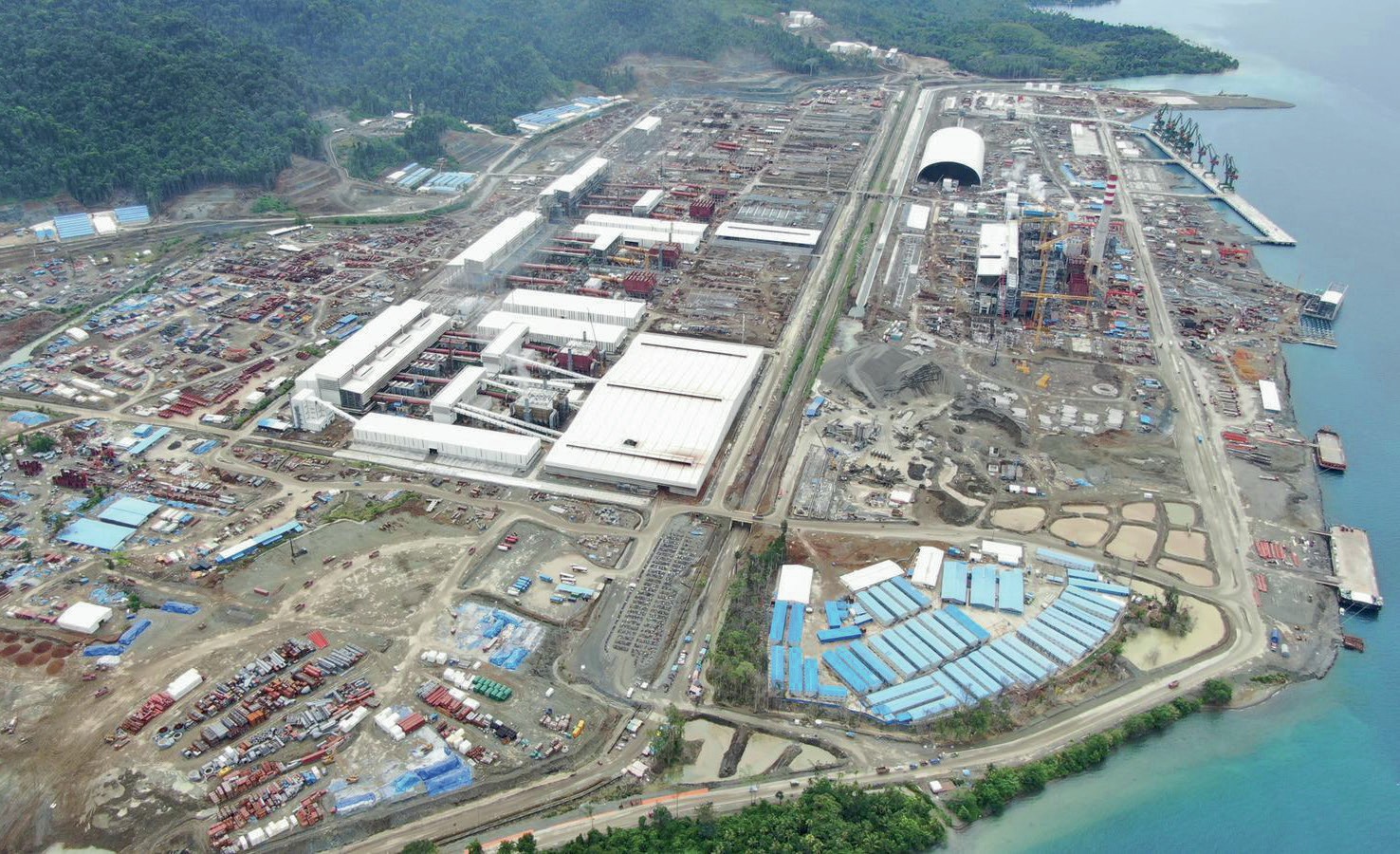
SAUDI ARABIA
FLSmidth wins major Ma’aden beneficiation order
FLSmidth has secured a DKK 530 million contract for Ma’aden’s ‘Phosphate 3’ project.
The Danish mining equipment company will provide major items and critical services for the construction of a large-scale phosphate beneficiation plant at the project’s mine site in the Northern Province of Saudi Arabia.
FLSmidth has agreed to supply Ma’aden with key equipment for the beneficiation plant, as well as technical support services covering its design, construction, commissioning and ramp-up. The order includes: primary and secondary sizers, apron and HAB feeders, cone crushers, screens, cyclone clusters, ball mills, paste and high-rate thickeners, horizontal belt filter, slurry pumps, knife-gate valves and flotation columns.
FLSmidth has booked the order for the third-quarter of this year. It expects all the beneficiation equipment to be fully integrated on-site in Saudi Arabia during 2025.
“We are pleased to collaborate with Ma’aden on this expansion, as this order sets another strong standard for our MissionZero agenda,” said Mikko Keto, FLSmidth’s CEO. “In particular the incorporation of our paste thickening and dewatering technology at this important mine site plays a key role in reducing emissions and water spend from the beneficiation process.”
FLSmidth’s partnership with Ma’aden on this latest phosphate mine project began in 2019 with the initial laboratory testing of samples collected from the ore body. The company subsequently carried out pilot-scale tests and developed the beneficiation flowsheet.
ZAMBIA
Contract awarded for copper expansion
As part of its plans to expand the Kansanshi copper mine, Canadia’s First Quantum Minerals (FQM) has placed an additional order with Metso for the delivery of minerals processing equipment the stage 3 expansion of the copper mine. Metso says that the value of the order is in excess of euro 20 million, and has been booked in the Minerals segment’s second-quarter orders received.
Metso’s scope of delivery includes apron feeders, Nordberg® MP800™ cone crushers, TankCell® e630 and TankCell® e300 mechanical flotation cells, high-intensity Concorde CellTM units, ColumnCellTM units, HRT thickeners and a clarifier. Most of the separation equipment are part of Metso’s Planet Positive offering. Last year, Metso was awarded an order for two PremierTM grinding mills with a total installed power of 50MW including Metso Megaliner™ and metallic mill linings.
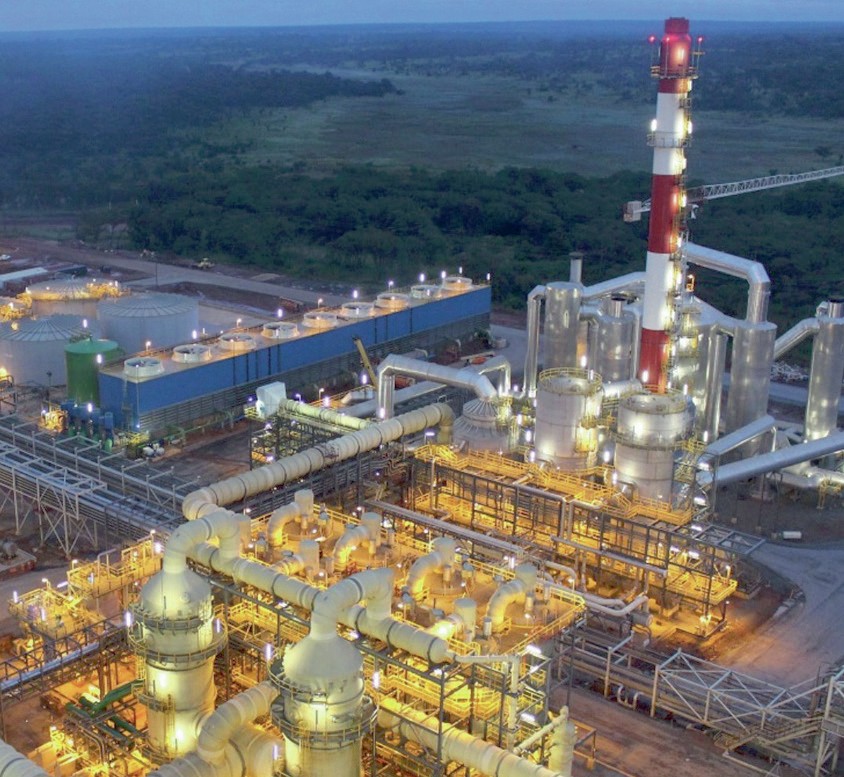
“Kansanshi’s flotation flowsheet combines the well-proven, energy efficient TankCell® flotation cells with the new Concorde CellTM, unlocking the potential for further improved flotation performance. Concorde CellTM high-intensity, forced-air pneumatic flotation cells allow operations to enhance fine and ultrafine particle selectivity,” said Antti Rinne, Vice President, Flotation, at Metso.
The Kansanshi mine, near Solwezi in the Northwestern Province of Zambia, is one of the largest copper mines in the world. First Quantum Minerals is currently working on a $1.25 billion expansion, announced last year, including a standalone 25 million t/a processing plant that will increase copper production substantially. Africa’s second-biggest copper producer, Zambia aims to increase production to 3 million t/a of copper within the next decade. The country produced 800,000 t/a of copper in 2021.
BANGLADESH
Ma’aden renews fertilizer supply deal with Bangladesh
Ma’aden has renewed its agreement to supply the Bangladesh Agricultural Development Corporation (BADC) with 600,000 tonnes of fertilizers. The agreement was signed during a visit to Ma’aden’s headquarters by a BADC delegation in mid-August.
The agreement means Ma’aden will continue to supply approximately 42 percent of Bangladesh’s diammonium phosphate (DAP) requirement.
“We are pleased that we are able to continue working with BADC to ensure a reliable supply of high-quality fertilizer products to the Bangladesh market. We are excited to extend our near-decadelong relationship with BADC and playing a role in helping support food security efforts in the region,” said Hassan Al Ali, Ma’aden EVP for its phosphate business unit.
Ma’aden is planning to increase its phosphate fertilizer production by 50 percent to nine million tonnes p.a. by implementing its ‘Phosphates 3’ mega project. The company is the world’s second-largest exporter of phosphate fertilizers currently.


